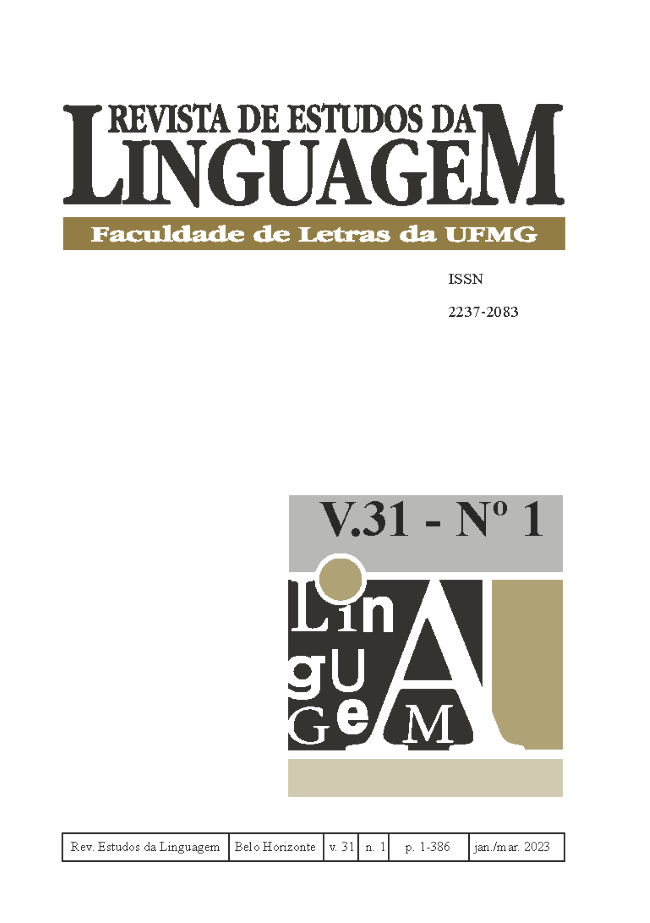A toponímia de origem tupi na Região Geográfica Intermediária de Rio Verde (GO)
DOI:
https://doi.org/10.17851/2237-2083.31.1.51-76Palavras-chave:
Toponímia indígena, Acidentes físicos, Região Geográfica Intermediária de Rio Verde/GOResumo
Neste estudo, objetivou-se analisar a toponímia indígena de acidentes físicos de nove municípios da Região Geográfica Intermediária de Rio Verde (GO). Ao orientar-se por princípios teóricos e metodológicos da Toponímia, estabeleceram-se os seguintes objetivos específicos: i) verificar a etimologia e os significados dos itens lexicais que passaram a exercer a função de topônimos, como forma de buscar a motivação semântica dessas unidades e classificá-las conforme o modelo taxionômico de Dick (1990a); ii)descrever os dados em termos de produtividade no universo estudado e a estrutura morfológica; iii) comparar os nomes indígenas da região goiana com os do sul de Mato Grosso do Sul, com a intenção de averiguar se a influência de línguas indígenas é a mesma em regiões onde há comunidades autóctones atualmente. A análise demonstrou que os topônimos são, em sua maioria, motivados por elementos da vegetação e da fauna regional. O cotejamento dos dados evidenciou que topônimos de origem Tupi estão nasduas áreas comparadas. Em Mato Grosso do Sul, entretanto, a atual presença de povos indígenas confere à toponímia local características distintas, ou seja, as línguas ainda faladas por essa população interferem diretamente na toponímia da região.





